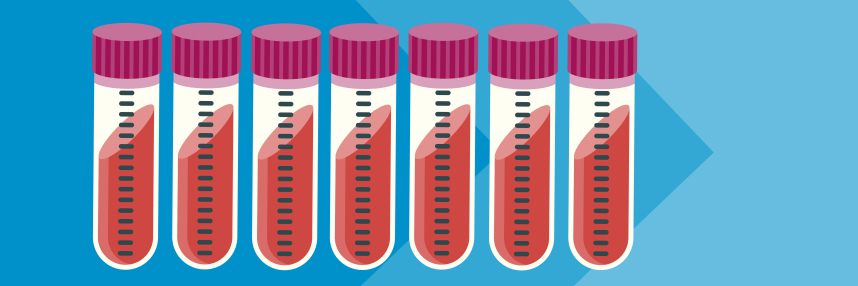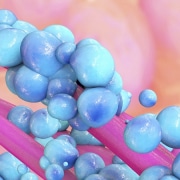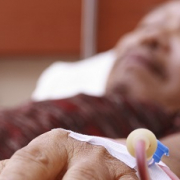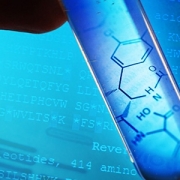Liquid biopsy: What is it and why does it matter?
We take a look at the genomic test that researchers hope could lead to earlier diagnosis of cancer
A US study has announced encouraging results in the use of liquid biopsy to detect cancer, which researchers hope will provide patients with earlier diagnosis and better treatment options. Results were unveiled during this year’s European Society of Medical Oncology Congress, and bode well for the NHS clinical pilot of the same test, which is currently underway.
What is a liquid biopsy?
When cells in our bodies die and are broken down, some fragments of their DNA find their way into our bloodstream. These fragments are known as cell-free DNA (cfDNA). Although this happens as part of normal cell turnover in healthy tissues, it also occurs in cancer cells.
CfDNA shed from the cells of a fetus or its placenta can be distinguished from the mother’s DNA (this is what is examined during non-invasive prenatal testing). Similarly, the genomes of cancer cells can often be distinguished from a person’s healthy cells, and a great deal of research has gone into developing tests that can use this method to detect cancer in a blood sample. This test is often referred to as a liquid biopsy or a fluid biopsy.
These tests have the potential to improve detection of types of cancer for which there is no simple screening test, as well as cancers that have few symptoms in the early stages and therefore tend to go undiagnosed until they have progressed (at which point they are harder to treat).
The Galleri test
In the US, healthcare company GRAIL enrolled 6,600 apparently healthy participants and performed its own developed liquid biopsy (known as the Galleri test) on each one.
Of those 6,600 participants, the Galleri test detected signs of cancer in 35. Some of those 35 participants turned out to have ovarian and pancreatic tumours, which are notoriously difficult to detect at an early stage.
About half of the cancers detected by the Galleri test were at early, more treatable stages, and over 70% were cancer types for which routine screening is not currently available. The Galleri test was also able to predict cancer type by looking at the mutational signature of changes in the DNA. This prediction was accurate in 97% of cases, giving clinicians treating the patients a head start on reaching a diagnosis.
The NHS-Galleri trial
As we reported last year, the same test is already being trialled in a larger cohort as part of an NHS programme known as the NHS-Galleri trial.
This pilot scheme is offering 140,000 participants aged 50 to 79 with no cancer symptoms the opportunity to take the Galleri test. They will need to give three blood samples, each one year apart. If cancer is detected or suspected, the participant will be referred for further testing or care as appropriate. A further 25,000 people with pre-existing cancer symptoms will also be offered the test to see if it can help with diagnosis. Results from the trial are expected in 2023.
Of course, the Galleri test is not without its limitations: during the GRAIL study, it generated 57 false positives (cases in which the test indicated a possible cancer, but on further investigation none was discovered); in addition, it is not accurate enough to make a diagnosis on its own, and researchers emphasise the need to follow up results with scans and additional biopsies. However, results so far have been positively received within the scientific community, and if the test performs well during the NHS-Galleri trial, the team responsible hopes that it could help us meet the NHS Long Term Plan goal to transform early cancer detection in the UK.
–









